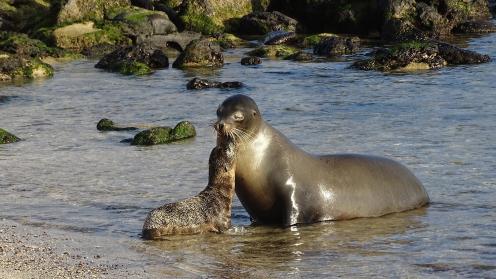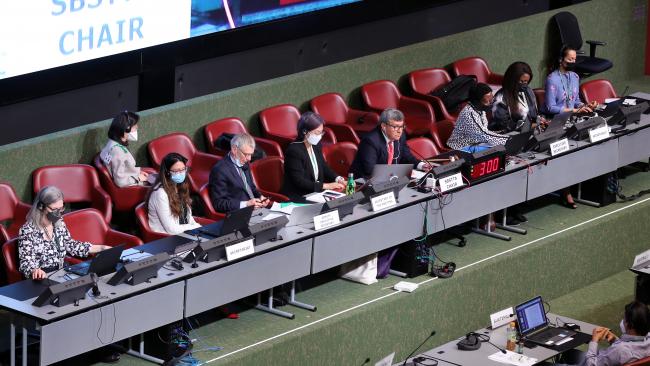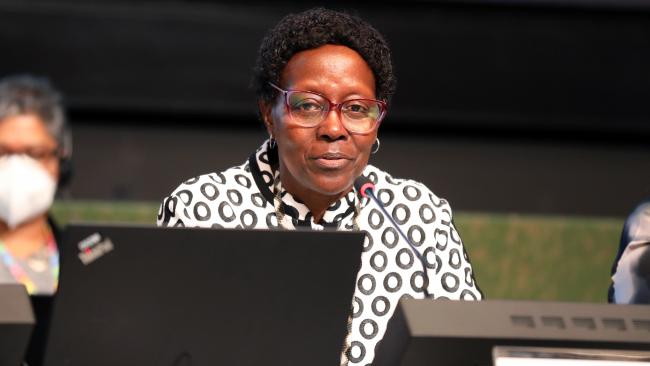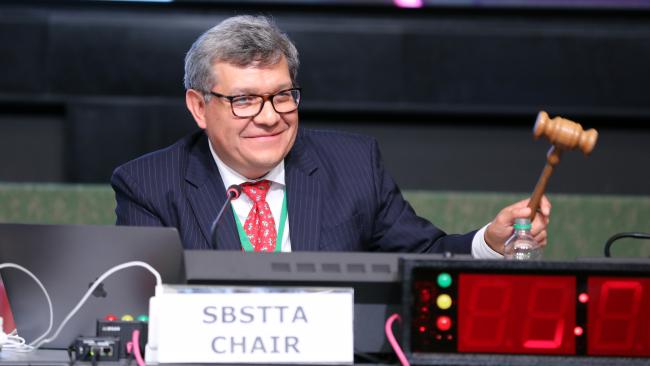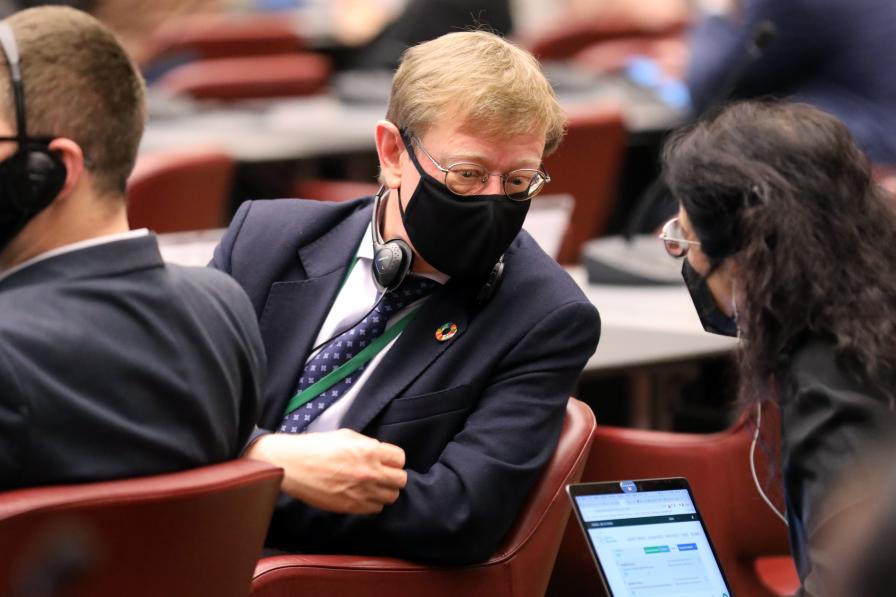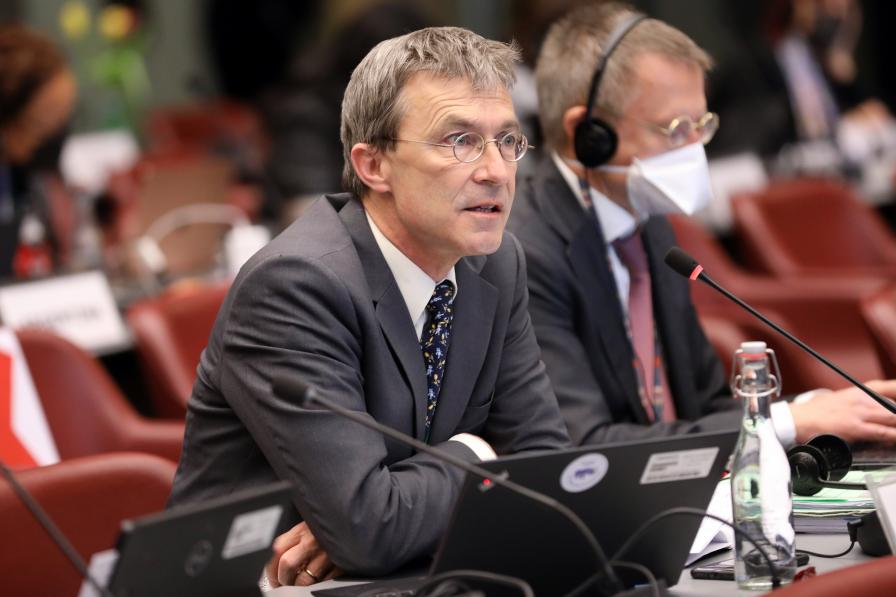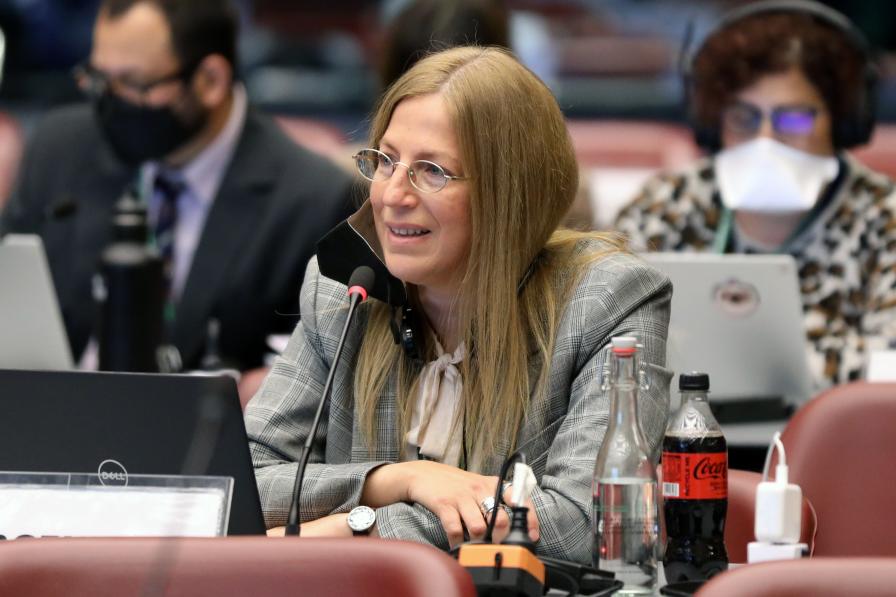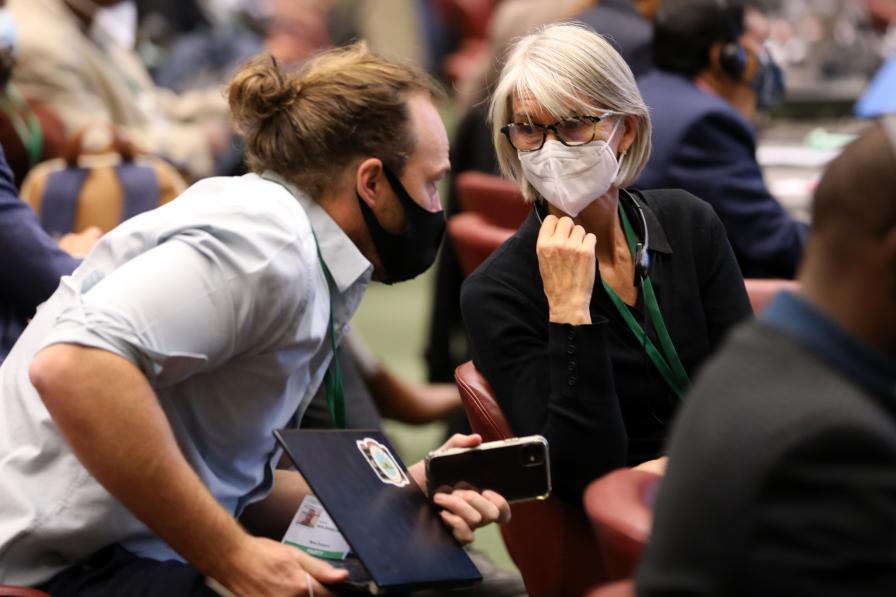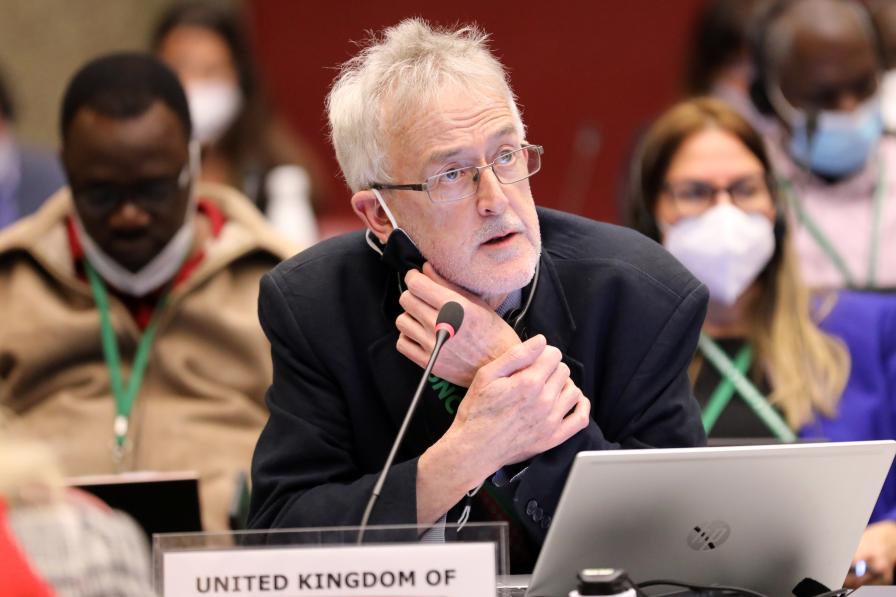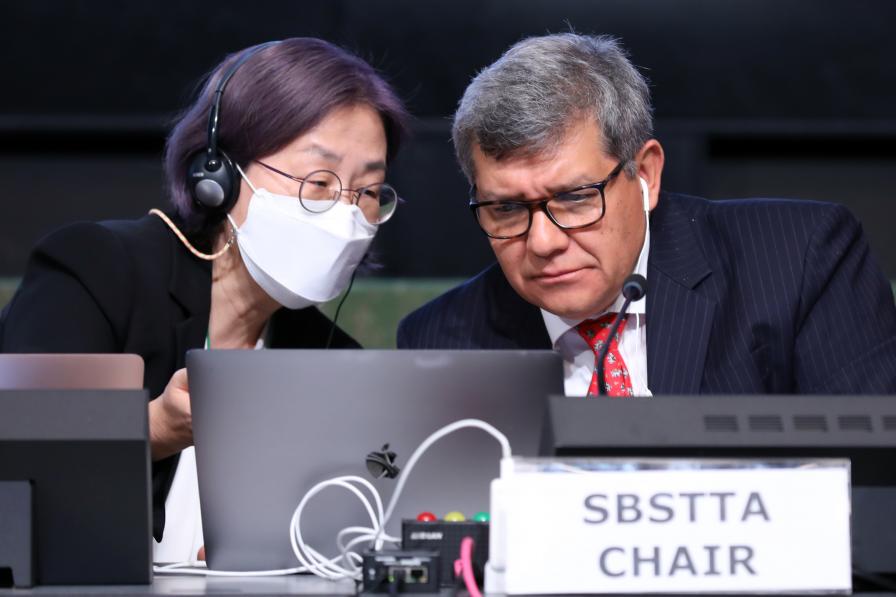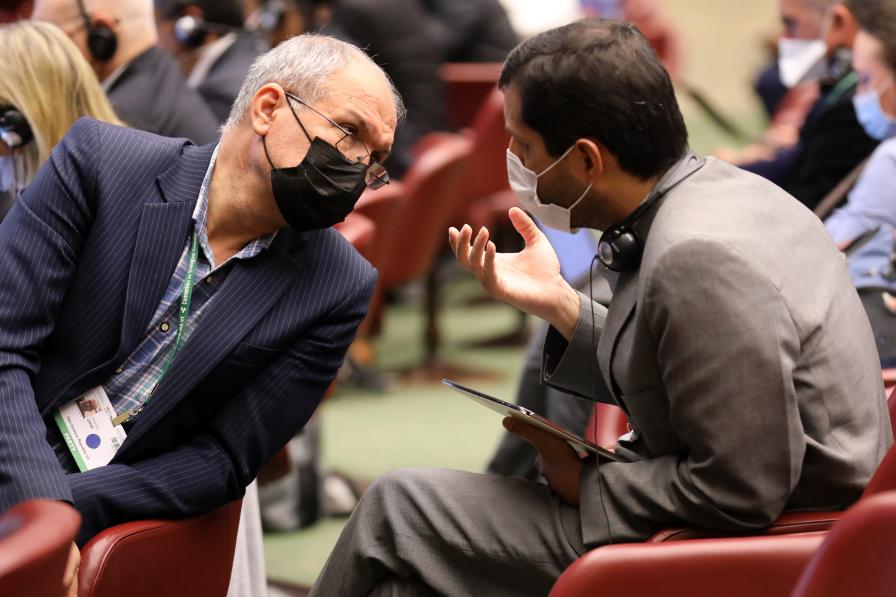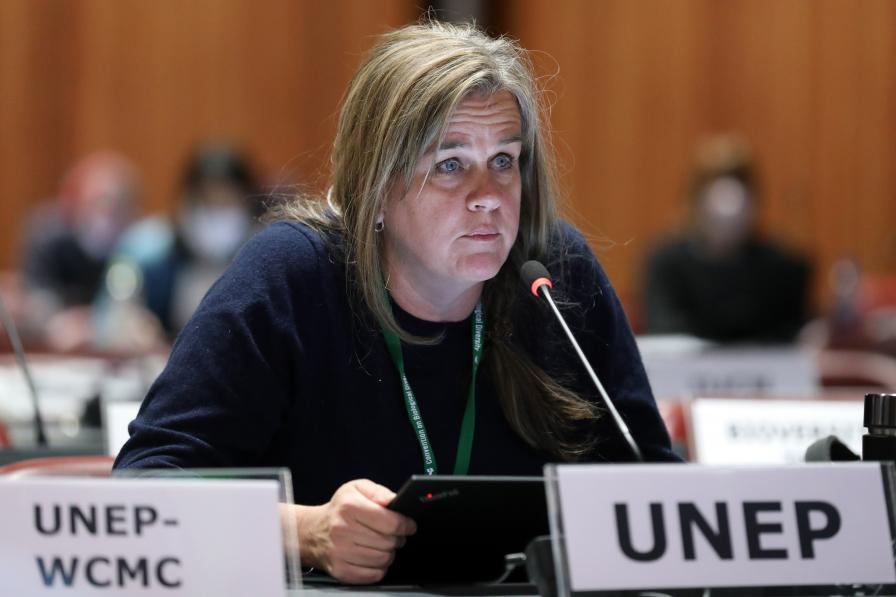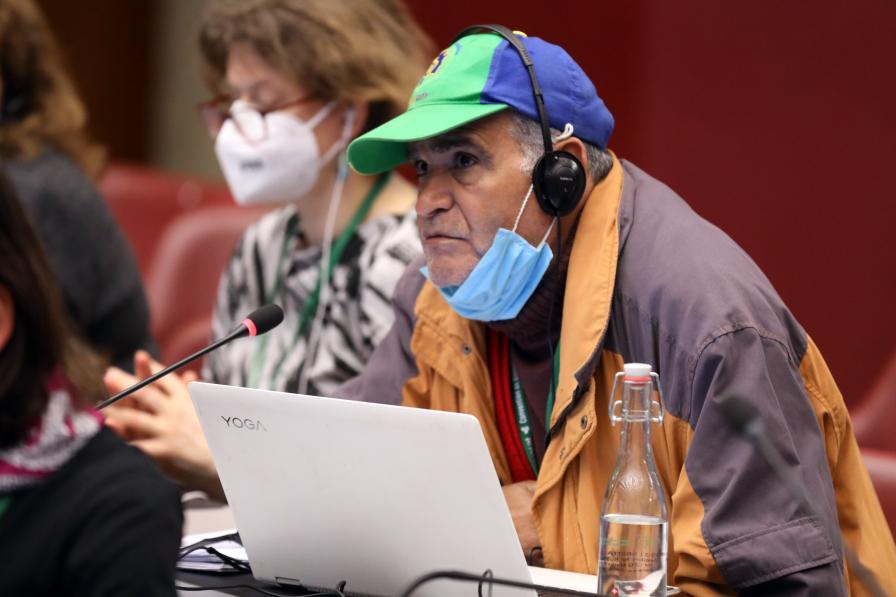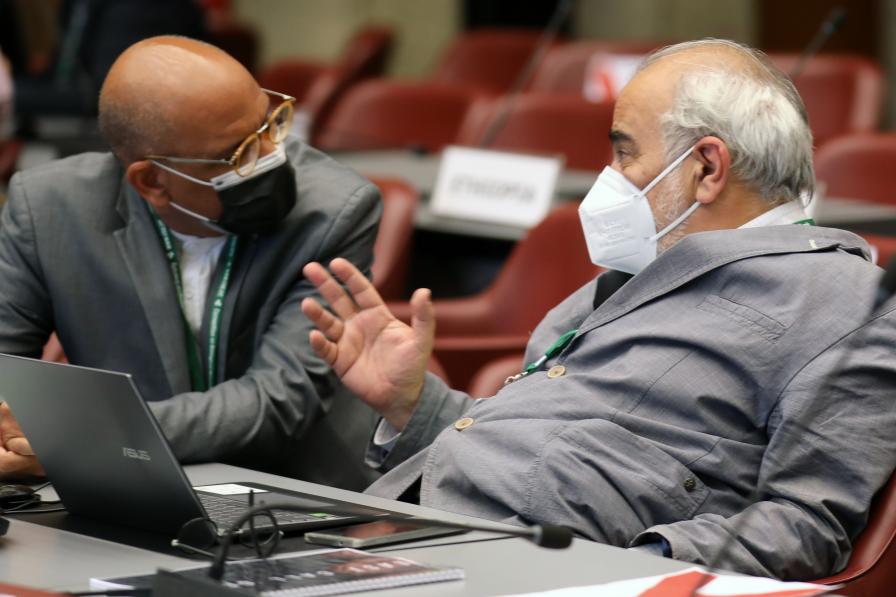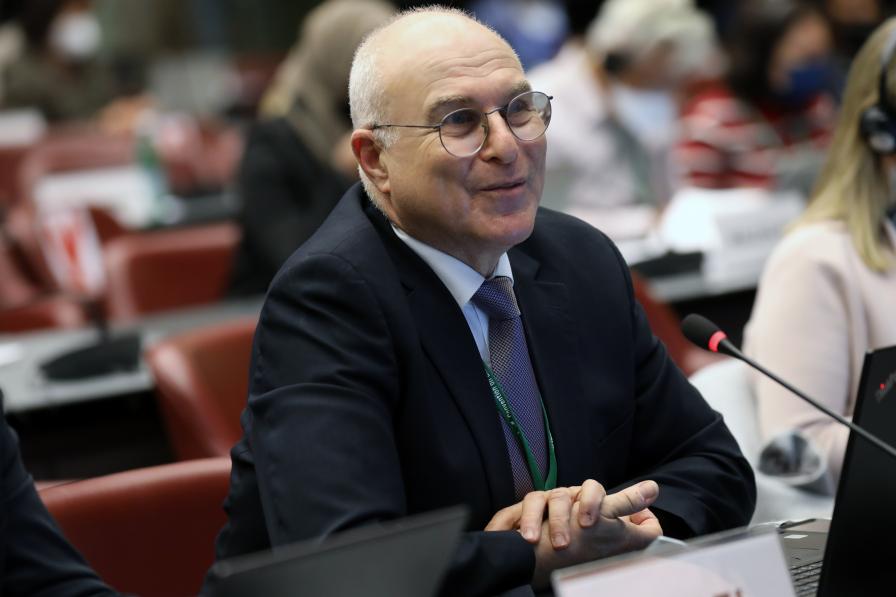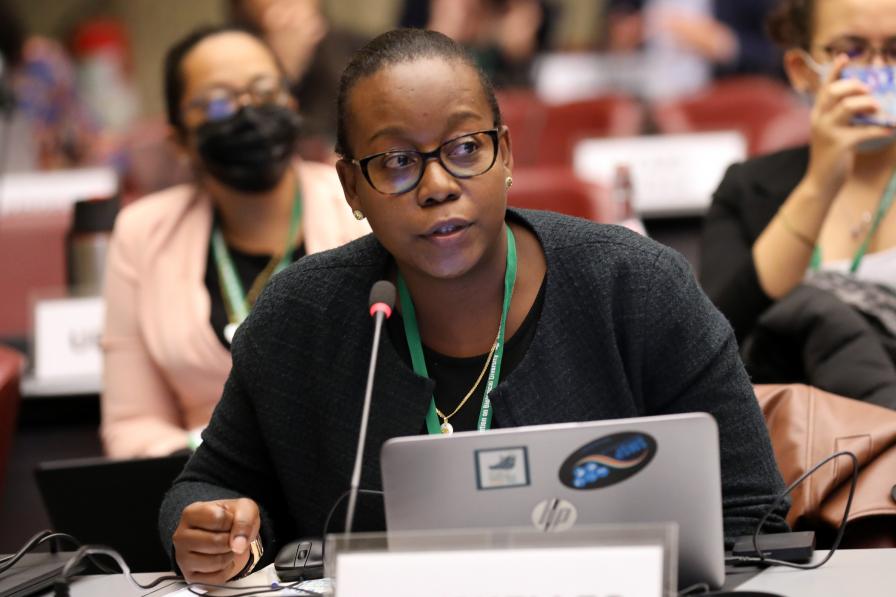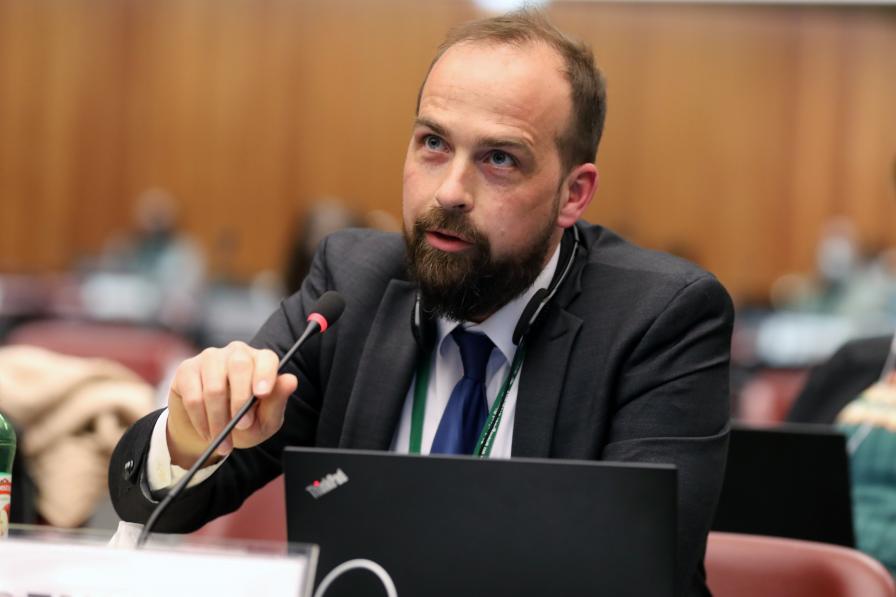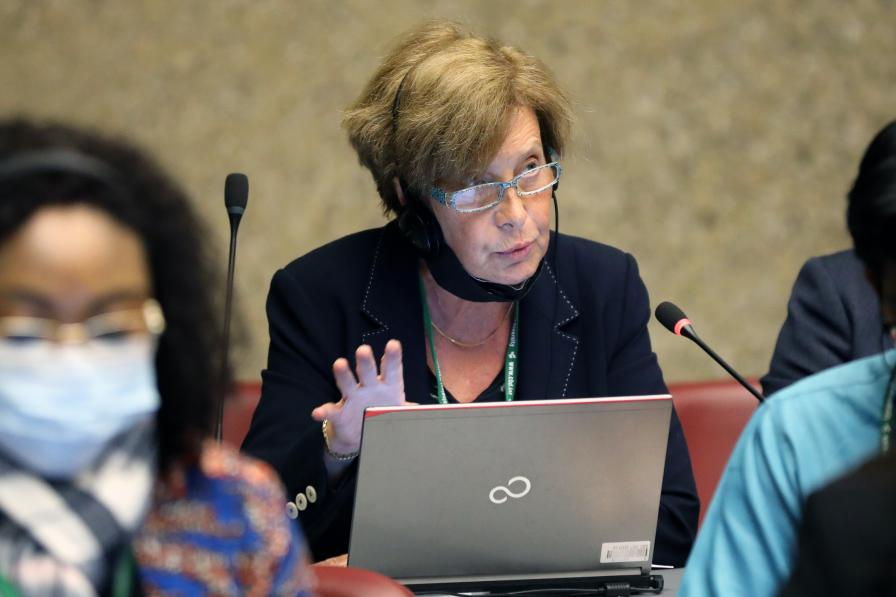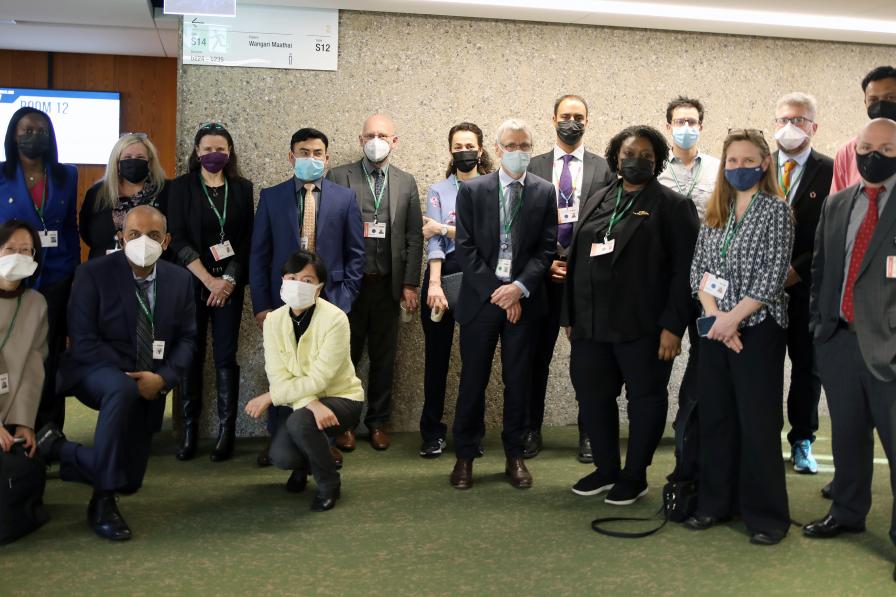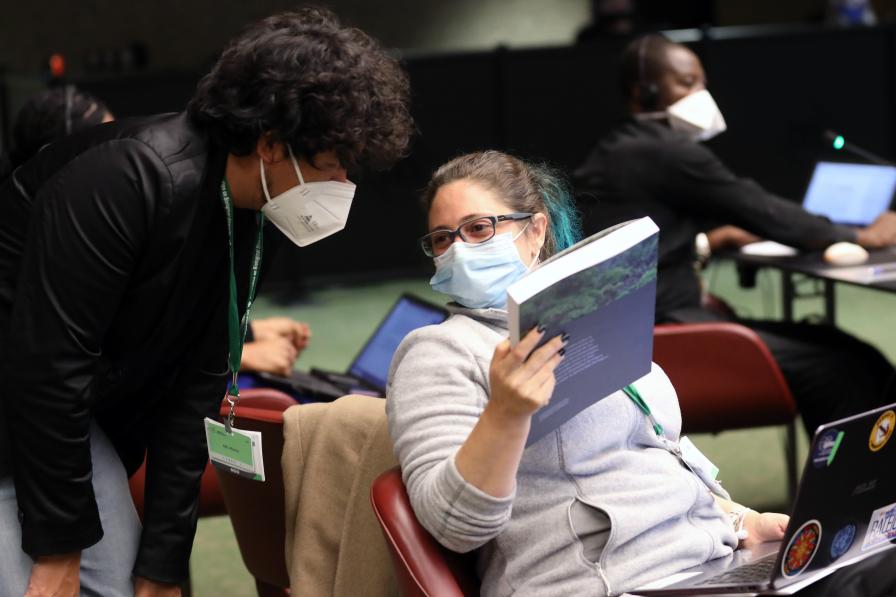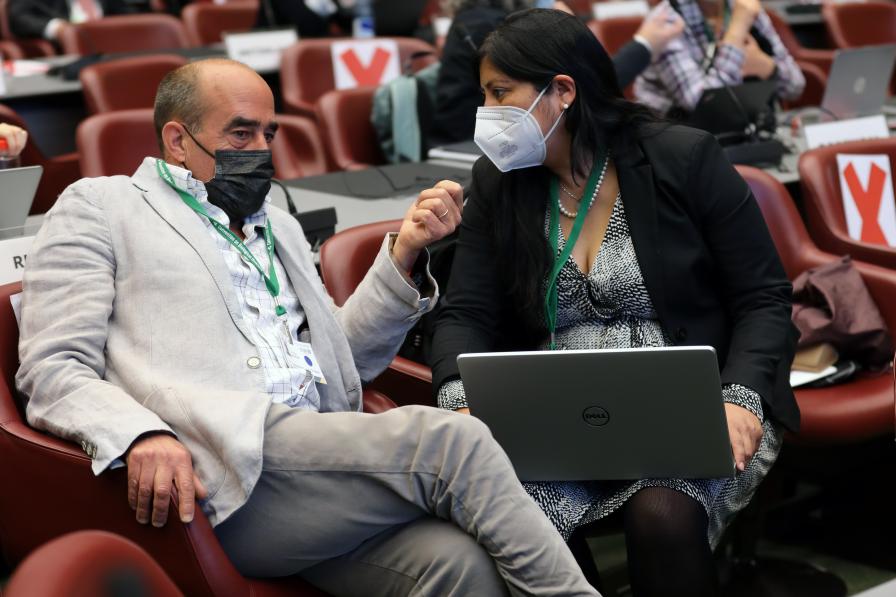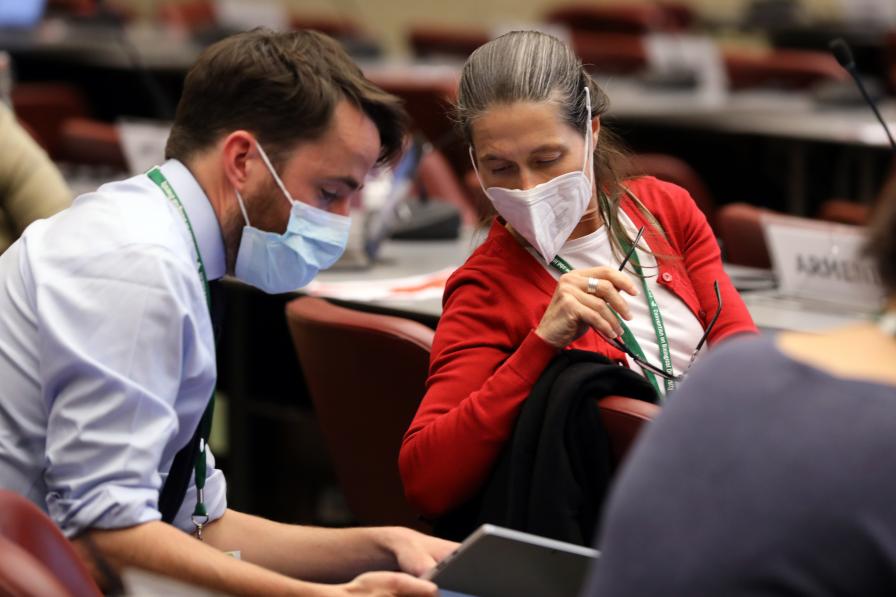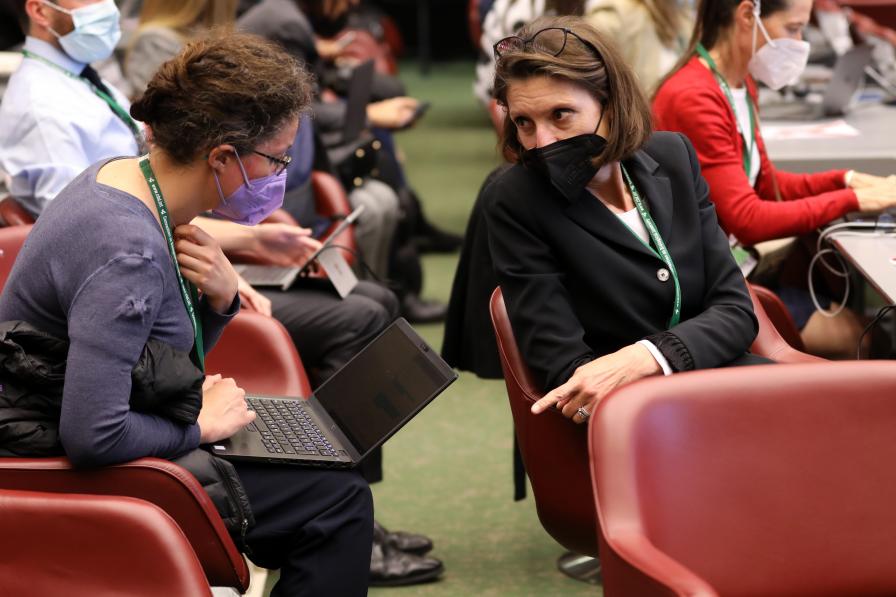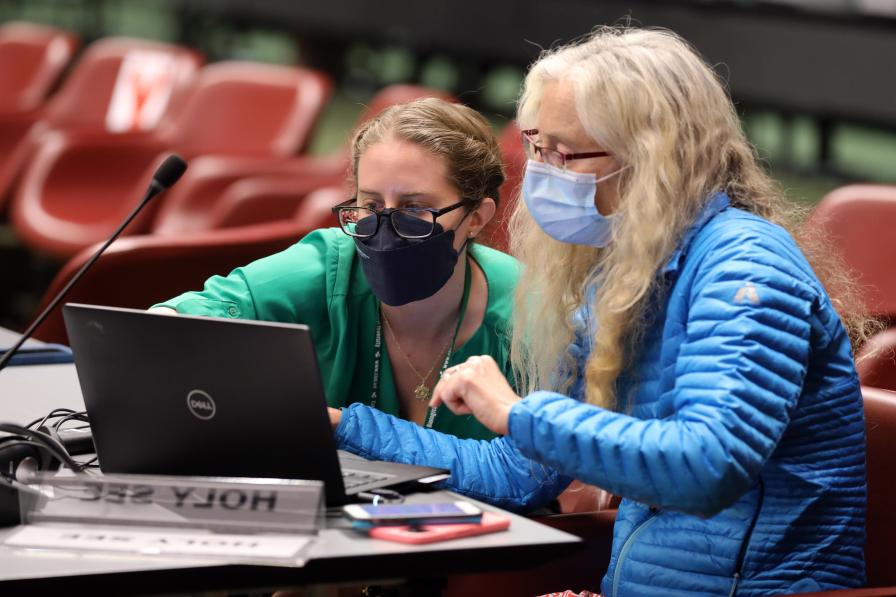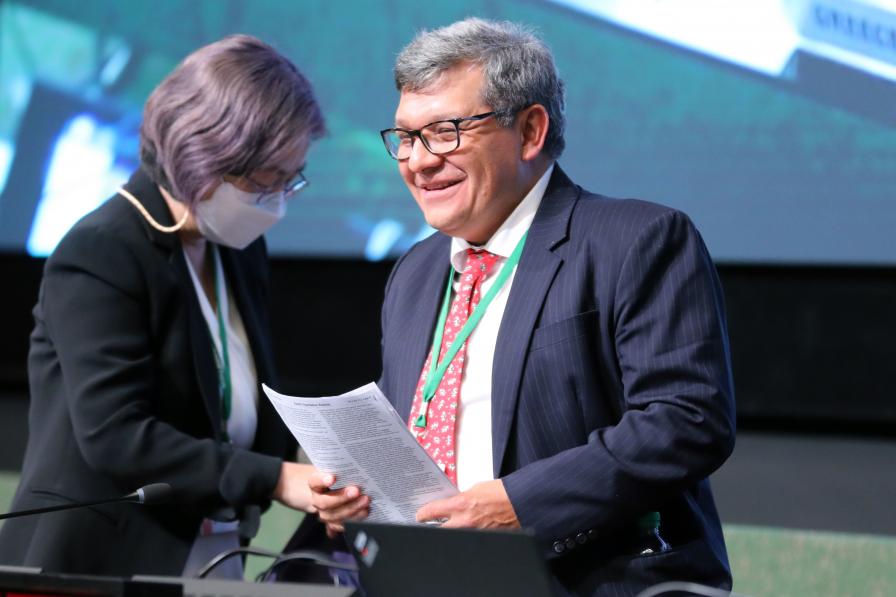Sunday marked the first early finish of a meeting at the Geneva Biodiversity Conference. The plenary session of the Subsidiary Body on Scientific, Technical, and Technological Advice (SBSTTA) cleared its agenda, gaveling eight L-documents in the morning and completing the closing session with an hour to spare in the time scheduled.
To dive deeper, read the full Earth Negotiations Bulletin daily report.
SBSTTA gaveled draft recommendations on, among others:
- scientific and technical information to support the review of the post-2020 global biodiversity framework (GBF) goals and targets, and related indicators and baselines;
- the Programme of Work of the Intergovernmental Science-Policy Platform on Biodiversity and Ecosystem Services (IPBES);
- synthetic biology;
- marine and coastal biodiversity;
- risk assessment and risk management of living modified organisms (LMOs)
- biodiversity and agriculture;
- Invasive Alien Species; and
- biodiversity and health.
Delegates asked to consider the final SBSTTA decisions on marine issues during possible intersessional work, acknowledging the lack of sufficient time to discuss them adequately. A significant number of brackets remains in most of the accepted decisions and draft recommendations, signifying that delegates will need to return to them during the Conference of the Parties (COP) in Kunming before their full adoption.
As SBSTTA-24 came to a close in the afternoon, CBD Executive Secretary Elizabeth Mrema quoted T.S. Eliot’s “Four Quartets” as she pointed the way to COP-15: “To make an end is to make a beginning. The end is where we start from.” She noted the SBSTTA’s ambitious agenda during an “unprecedented period in its history,” and highlighted progress on a proposed monitoring framework, and biodiversity and agriculture, among others. A visibly moved SBSTTA Chair Hesiquio Benítez Díaz highlighted the often difficult virtual intersessional work that had come before this meeting, and expressed his joy at being able to discuss, argue, and even disagree in person after a two-year pause. He noted that SBSTTA was now sending twelve L-docs to the COP, some of which will require both formal and informal intersessional work. He thanked his team at the SBSTTA bureau, the Secretariat, the logistics teams, and the co-leads of the contact groups and informal groups for their efforts.
The meeting was gaveled to a close at 5:06 PM. The rest of the day was devoted to the GBF, with a Friends of the Co-Leads’ Group on digital sequence information (DSI) meeting at lunchtime and in the afternoon, and the respective Contact Group working overtime and holding extensive discussions late into the night.
Two side events took place during the lunchtime, focusing on:
- participatory biodiversity resource governance: using information, communication technology (ICT) tools for community empowerment; and
- biodiversity and chemicals and waste.
To receive free coverage of global environmental events delivered to your inbox, subscribe to the ENB Update newsletter.
All ENB photos are free to use with attribution. For the Geneva Biodiversity Conference, please use: Photo by IISD/ENB Mike Muzurakis.
